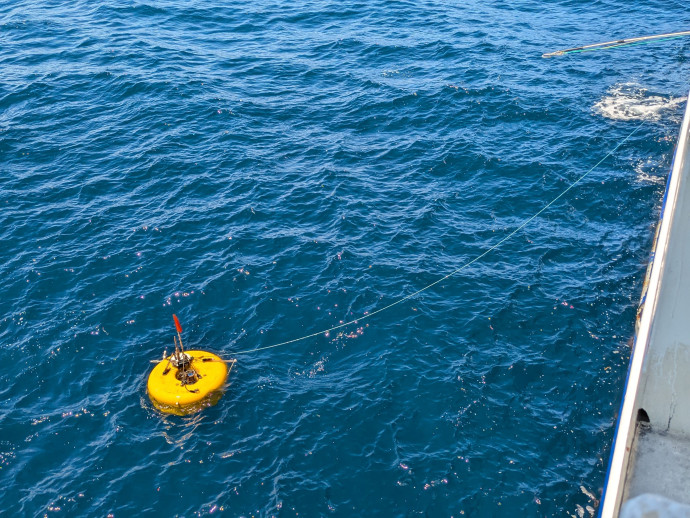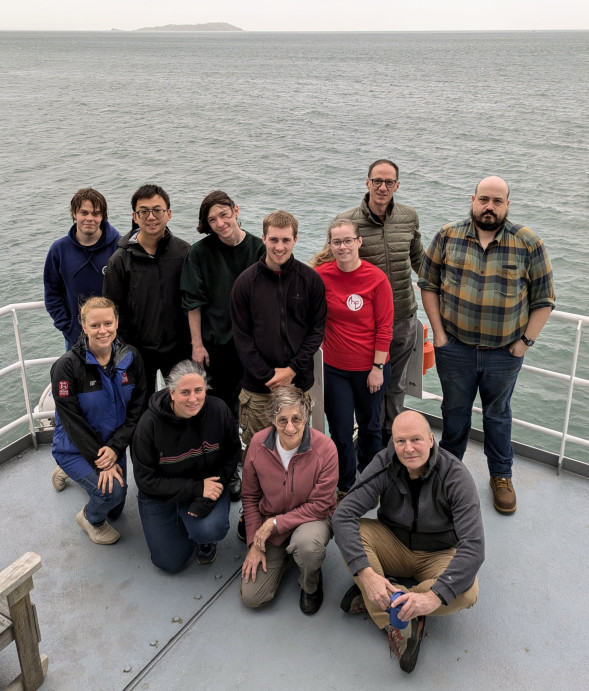Movements below the surface: Earthquake and tsunami potential of the Hikurangi Subduction Zone

Professor Martha Savage FRSNZ, from Te Herenga Waka – Victoria University of Wellington will resolve the size of the biggest earthquake that could be produced by the Hikurangi Subduction Zone
“Whakaeteete mai ko Hikurangi. Thrusting upward, is Hikurangi.”
These words, from Ngāti Porou, describe the sacred Hikurangi maunga, or mountain, on the East Cape of Te-Ika-a-Māui the North Island. The maunga stands very close to the Hikurangi Subduction Zone – the most active tectonic boundary in Aotearoa New Zealand. Here, the Pacific Plate dives beneath the Australian Plate, causing the land to rise and posing the risk of large earthquakes and tsunamis.
Professor Savage and colleagues Dr. Emily Warren-Smith of Earth Sciences New Zealand, Dr. Laura Wallace of GEOMAR (Germany), Professor Pascal Audet of University of Ottawa (Canada) and Professor Kimihiro Mochizuki of University of Tokyo (Japan), have received a Marsden Fund Standard grant to study these plates, resolve the biggest earthquake that they could produce, and determine factors controlling its size.
Tectonic plates move very slowly against each other. Where their edges lock, friction causes stress to build up until it is released, causing earthquakes. Professor Savage will collaborate with local and international researchers to compare earthquake data from locked zones off the shore around Wellington and Wairarapa to existing catalogues further north, close to the “trench” where the Pacific Plate starts to creep under Te-Ika-a-Māui. Professor Savage will use the data to resolve the distribution of areas which lock versus those which creep. This information will help iwi partners and local authorities to forecast and manage the risks posed by future earthquakes and tsunami.
As Hikurangi maunga continues to rise, Professor Savage will be going deep, to understand the forces thrusting upward from below the surface.

The science crew aboard the Tangaroa after a successful voyage picking up the ocean bottom seismometers (photo credit: Emily Warren-Smith)
